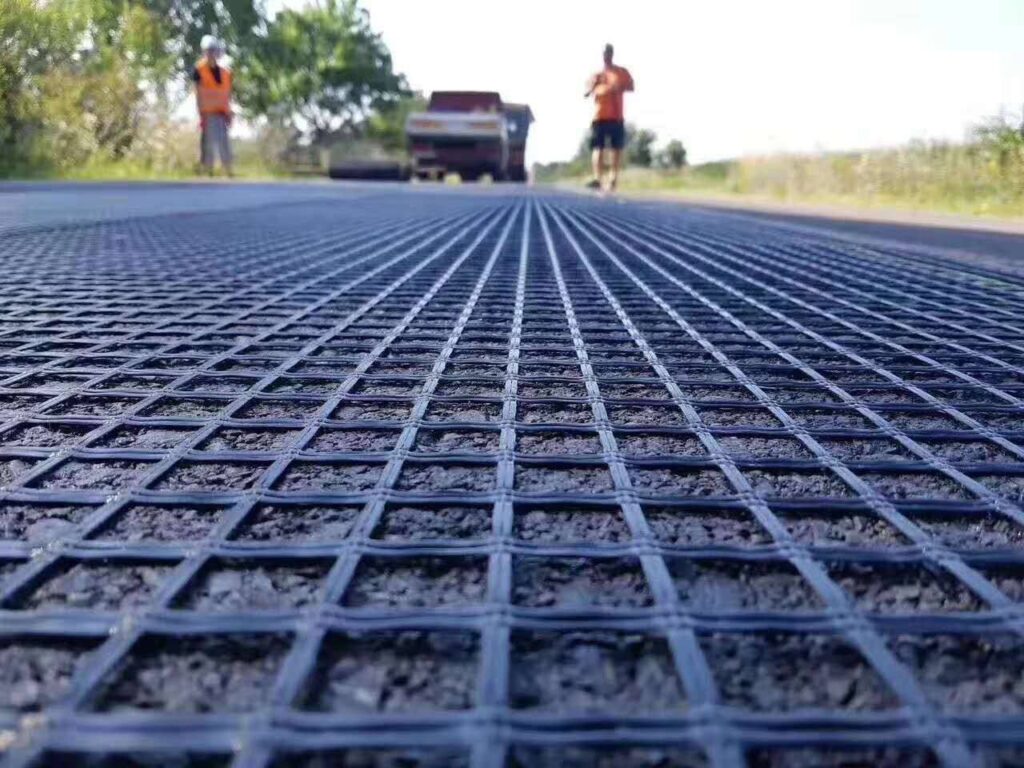Geogrid is a type of geosynthetic material that is often used in the construction of pavements, such as sidewalks, driveways, and patios. When used under pavers, geogrid can help to provide additional support and stability to the pavement, reducing the risk of settling or cracking. Geogrid is typically installed beneath the pavers and covered with a layer of sand or gravel. It is then compacted to create a stable base for the pavers. The specific installation process will depend on the type of geogrid being used and the design of the pavement.
There are several benefits to using geogrid under pavers:
- Increased stability: Geogrid helps to distribute loads evenly across the pavement, reducing the risk of settling or cracking.
- Enhanced load-bearing capacity: Geogrid can increase the load-bearing capacity of the pavement, allowing it to support heavier loads, such as vehicles.
- Reduced maintenance: Pavements with geogrid are less prone to settling or cracking, which can reduce the need for maintenance and repair.
- Improved appearance: Geogrid can help to create a smoother and more even surface for the pavers, improving the overall appearance of the pavement.
To determine if geogrid is appropriate for your pavement project, it is important to consult with a design professional or engineer who can assess the specific requirements and design a suitable solution.

using geogrid under pavers
Using geogrid under pavers can help to provide additional support and stability to the pavement, reducing the risk of settling or cracking. The specific process for using geogrid under pavers will depend on the type of geogrid being used and the design of the pavement. However, the general steps involved in using geogrid under pavers are as follows:
- Prepare the site: The first step in using geogrid under pavers is to prepare the site. This includes removing any existing pavement, grading the soil to the desired slope and elevation, and compacting the soil to create a stable base.
- Install the geogrid: The next step is to install the geogrid. This typically involves laying the geogrid over the prepared base and securing it in place using staples, stakes, or other fasteners. The geogrid should be overlapped at the seams to create a continuous layer.
- Cover the geogrid: Once the geogrid is installed, it should be covered with a layer of sand or gravel to a depth of at least 2 inches. The sand or gravel should be compacted to create a stable base for the pavers.
- Install the pavers: After the base is prepared, the pavers can be installed according to the desired pattern. The pavers should be placed on top of the sand or gravel base and spaced evenly.
- Compact the pavers: Finally, the pavers should be compacted using a plate compactor or hand tamper to ensure that they are evenly seated and the pavement is stable.
Using geogrid under pavers can provide a number of benefits, including increased stability, enhanced load-bearing capacity, reduced maintenance, and improved appearance. However, it is important to consult with a design professional or engineer to ensure that geogrid is appropriate for your pavement project and to design a suitable solution.
